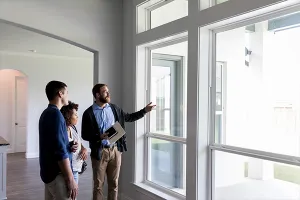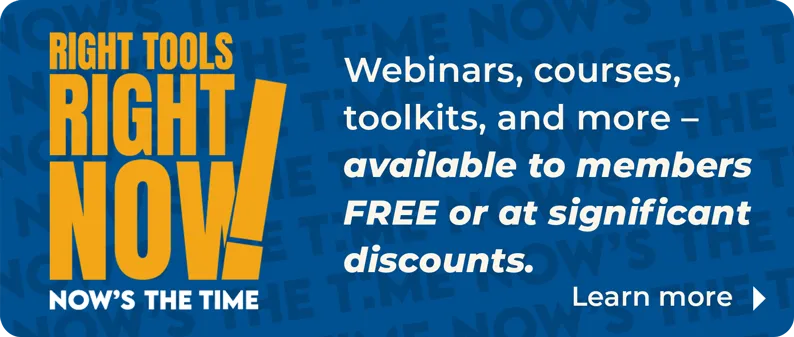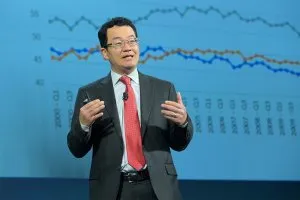Experts forecast that the U.S. economy is in for yet another solid year of strength, albeit not at the same level as in 2017. NAR expects that the mortgage rate for a 30-year fixed mortgage will rise to 4.4 percent in 2018 from 3.9 percent in the last quarter of 2017[1], an increase of 50 basis points this year. However, how will this change affect the monthly mortgage payment of homebuyers?
It is estimated that, on a 30-year fixed-rate mortgage for $380,000, each half-point increase adds about $100 to the monthly payment. A homebuyer who wants to purchase a home with a value of $380,000 would pay $1,600 every month for the mortgage payment at a 3.9% mortgage rate[2]. Assuming the mortgage rate increases to 4.4%, the buyer would pay $1,700 per month in order to buy the same home.
Among 177 metro areas, we see that 89% of these areas have a median home value lower than $380,000. This means that most homebuyers would see an increase of less than $100 in the monthly mortgage payment. While mortgage rates are still historically low, the expected increase in mortgage rates should not discourage people from buying a house.
We calculated the increase in the monthly payment for 177 metro areas when the mortgage rate increases from 3.9% to 4.4%. As we move to metro areas with higher prices, the dollar amount that is added to the monthly payment rises as well. In Youngstown, OH and Decatur, IL, a typical homebuyer will need to pay an extra $23 every month for a home with a value of $89,000. However, in the San Jose, CA metro area where the median home price is $1.17 million, the monthly payment would increase by $305.
Metro areas with high-priced homes
Depending on the type of homebuyer (first-time or repeat), homebuyers in metro areas with high priced homes may seek a lower priced home or stay longer in their existing home if they already own a house.
First-time homebuyer
First-time homebuyers may look for a lower priced home or a smaller home, one with fewer amenities or a home in a more affordable area with a longer commute. We calculated how much the maximum purchase value would need to be reduced in order to retain the same monthly payment with a higher mortgage rate. For a 50 basis points increase in the mortgage rate, homebuyers need to purchase a home that is about 6% lower in price if they want the same monthly payment as they would pay at a lower rate.
For instance, in San Francisco, CA metro area, the median home value is $900,000. The monthly payment for a typical homebuyer is $3,820 at a 3.9% mortgage rate and a 10% down payment. However, at a 4.4% mortgage rate, the typical homebuyer needs to search for homes with a maximum purchase price of $847,700 to continue paying $3,820. Thus, the maximum purchase price is cut by $52,300.
Repeat homebuyer
Rising mortgage rate may push existing owners in these metro areas to stay in their homes longer. Although mortgage rates are still relatively low, some owners may not be able to get the same favorable terms compared to their existing mortgage, especially owners who bought their home in 2012 when mortgage rates reached their lowest level. In the meantime, these owners, who may stay longer in their home, will likely build more equity while home prices continue to grow as a result of the limited inventory. A typical homeowner in San Jose, CA metro area has accumulated $493,000 in equity as a result of the price appreciation in the last five years while the price of his home increased by $165,000 within the last year.
All in all, we see that many homebuyers in most metro areas will not be significantly affected by a higher rate of 4.4%. The visualization below allows you to see how much the monthly payment changes in 177 metro areas when the mortgage rate increases to 4.4% from 3.9%.








